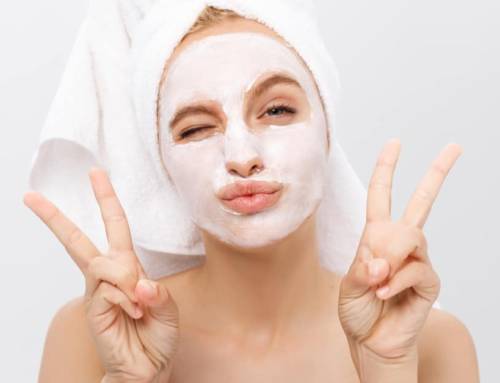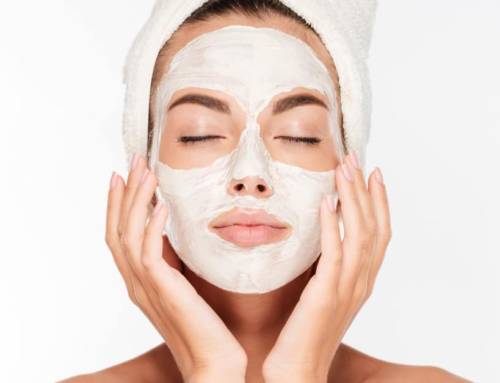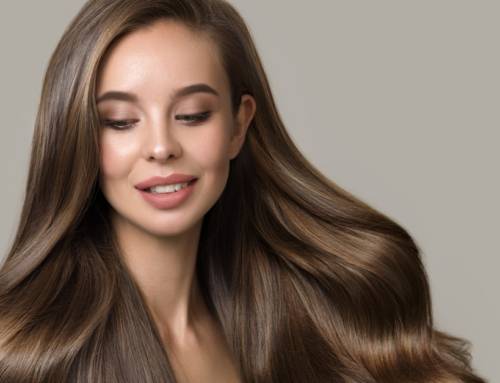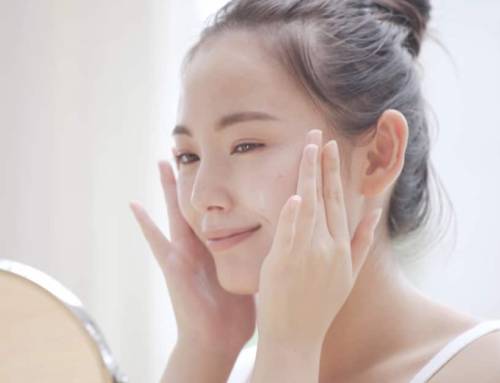Is the Clean Beauty Trend Here to Stay?
By Traci Cassell • May 28, 2020
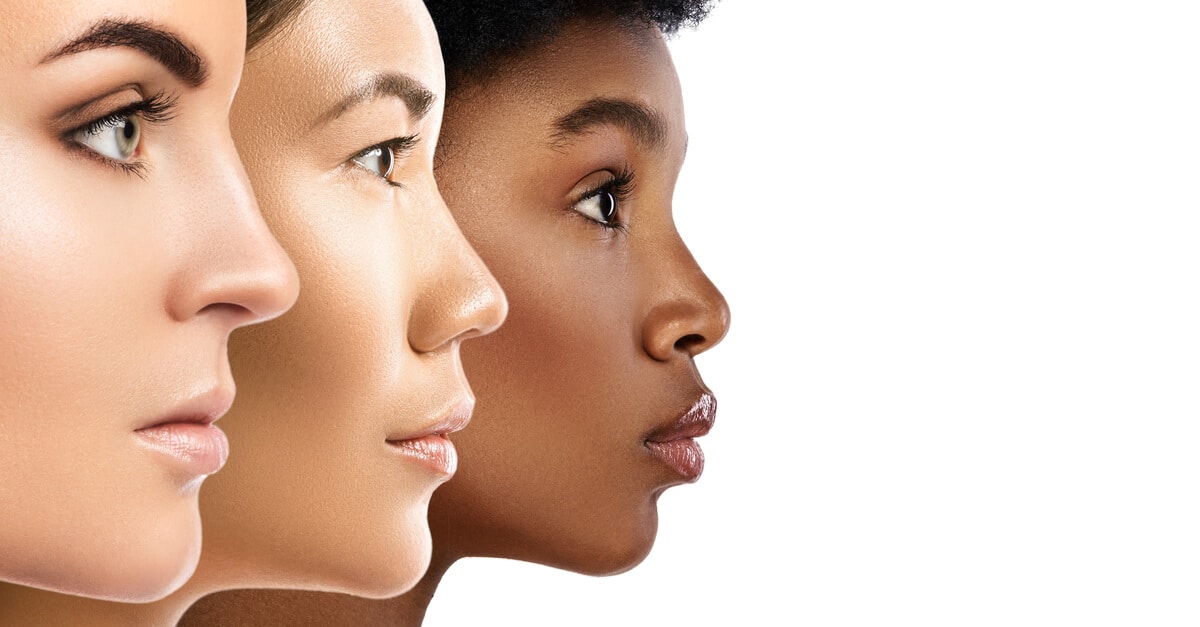
Brands have had to pivot to online channels and digitalization to capture consumers’ attention. As many people focus on health and wellness, we’ve seen the dramatic rise of sanitization products. Clean beauty products are also seeing an uptick in both sales and consumer trust.
“Clean beauty, meanwhile, is stronger than ever,” according to Global Cosmetics Industry. “Because safety is equated with clean, consumers are inclined toward the category. In fact, in a down market, clean beauty is posting double-digit growth.”
Moving forward, the big question for formulators is: With all these changes will clean beauty evolve from a “movement” to the standard in the industry?
The flexibility of clean beauty
Without a single, FDA-regulated definition of “clean beauty”, brands and retailers are defining clean for themselves.
From Sephora’s Clean Beauty Seal, that identifies chemicals to reduce and eliminate, to the Credo Clean Standard stating safer, more sustainable, and ethical beauty, the meaning of clean beauty seems different for every brand or formulator.

However, many agree that clean beauty is truly about transparency, particularly in regard to ingredients and ingredient origins.
Consumers are more educated about ingredients, and, thus, more discerning about what they will spend their money on. Today’s consumer is no longer willing to settle for “controversial ingredients” in their products.
Instead, the overwhelming desire to practice self-care and live safer, healthier lives, especially during the coronavirus, continues to fuel the current demand for safer, cleaner, and more sustainable products.
Marketing and packaging “clean”
As states, regions, and cities move into various phases of reopening , the online and social media marketing of clean beauty continues to increase exponentially, along with e-sales. In fact, 90 percent of sales in prestige skincare, haircare, and makeup in the final weeks of March were generated via e-commerce. Will this online purchasing trend, marketed as safer than in-store shopping, continue as retail opens more fully? No matter what the regulations say, will customers feel safe going in stores?
It seems likely that the retail shopping experience for cosmetics and other personal care products must inevitably change, at least in the short term. Instead of encouraging shoppers to browse and take their time sampling products, the retail beauty experience, in the short-term at least, is likely to be a more “in-and-out” experience.
This has significant implications for brands’ comprehensive marketing plans – making a cohesive “clean and healthy” branding and messaging strategy online and retail strategy more important than ever.
As the industry changes, another question to ponder is how dramatically the desire for safe and clean will affect the packaging of beauty products. Will we see fewer products in the market packaged in non-airless bottles, jars, and pots?
With the concern about sanitizing hands and the prevention of bacteria and virus formation, it’s highly likely brands will direct their focus towards packaging that can provide the safest, cleanest, and most sanitary options possible for health-concerned consumers.
A clean road ahead?
The road ahead for clean beauty looks bright. Due to the collective renewed interest in health and wellness, clean beauty looks likely to become the new standard. As retailers and brands continue to adopt and create their own definition of what clean means, the consumer desire for safety, health, and wellness will help guide the way.
Go Beyond Beauty. Face ♦ Body ♦ Hair
Discover the most sophisticated, anti-aging ingredients portfolio for face, body, hair and scalp care applications.



